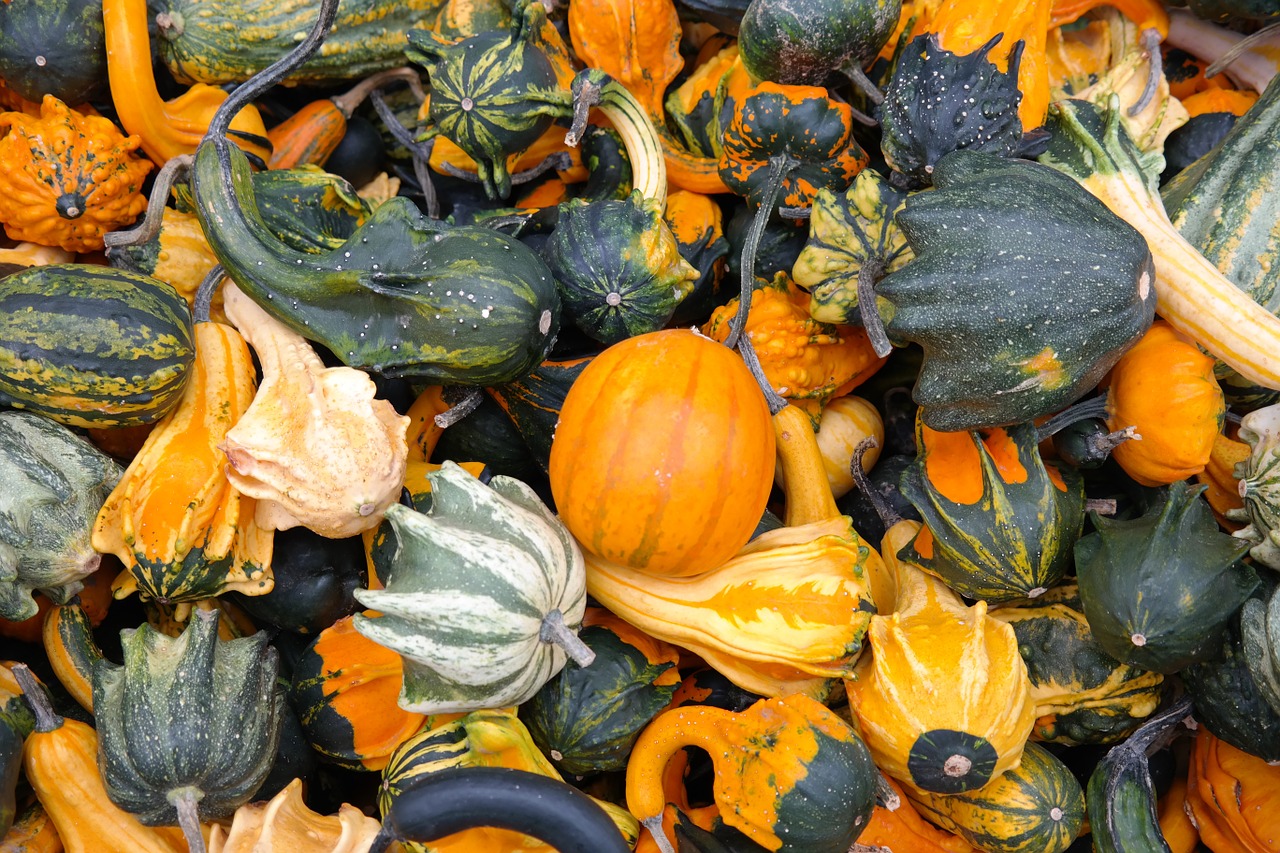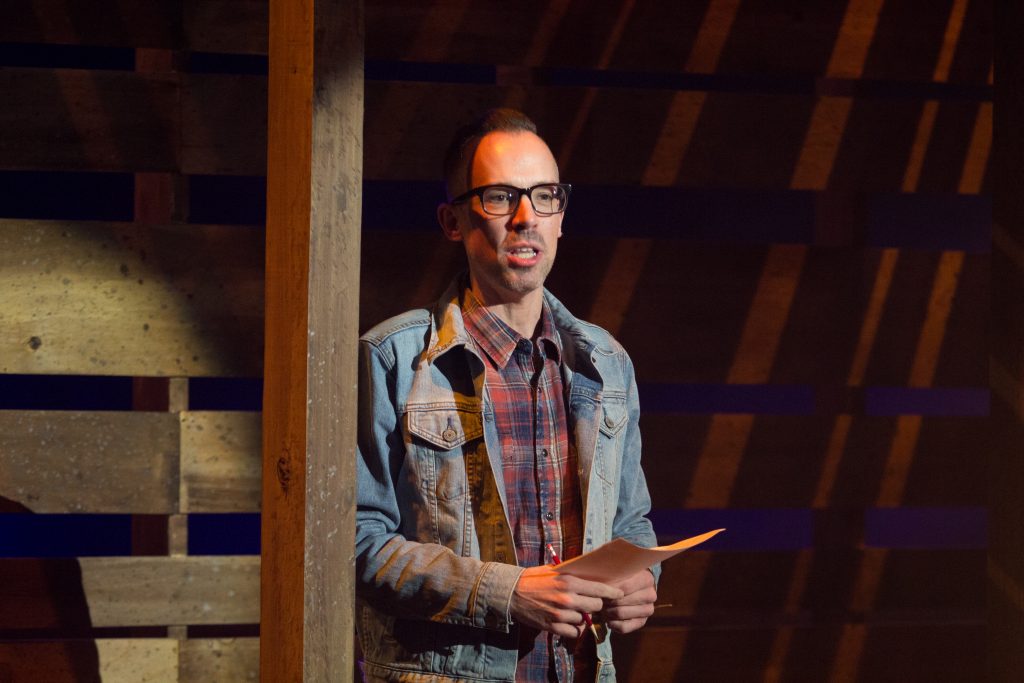The smell of a baking pecan pie wafts in the air. The whistles of the referee and the screams of the fans can be heard from the football game blaring on the living room television. The table is set, glasses are full and the turkey is just waiting to be carved. Laughter erupts from family members listening to old stories that have been told a hundred times. This is Thanksgiving.
Thanksgiving is a tradition that people across America eagerly look forward to every year. It is an old tradition that has been a part of the American culture since its birth; however, due to its popularity and the prominence of American culture, it is also a holiday celebrated by many people all around the world.
According to the History Channel, Thanksgiving was first celebrated in 1621 due to the creation of an alliance between the Pilgrims, who had fled England in search of religious freedom on the Mayflower, and their Native American friends, who taught them how to survive in the New World. Later on, in 1863, during the height of the Civil War, Abraham Lincoln declared Thanksgiving as an official holiday. It was to be celebrated on the last Thursday of November of each year.
Naturally, Thanksgiving has continued to be a staple in America today; however, it is not exclusively an American holiday. According to Hot Spot, there are several people groups that celebrate Thanksgiving-like harvest festivals all around the world.
Africa is home to a number of these harvest festivals, which are largely religious in nature. The Festival of Yams in particular is very popular, for yams are some of the first crops to come to harvest starting in late August. Offerings are made to their ancestors and God, with ceremonies lasting multiple days, and are later distributed to the villagers.
Another popular festival is Homowo Festival, which is one of the largest festivals in Africa. Celebrated in Ghana as their primary harvest festival, they take on the roles of kings and queens and take part in being a member of the royal family of different Ghanaian ethnic groups.
Thousands of miles away in Australia, they celebrate their unique harvest festivals in the early months of the year. For instance, one of the many festivals they celebrate is the Apple and Grape Festival. As the name implies, the festivities revolve around the harvest of apples and grapes, which occurs around March. Australians take part in a variety of fun activities, including carnivals, grape stomping competitions and a big parade.
Likewise, there’s a similar festival called Renmark Orange Week later on in August or September. While Valencia and Navel oranges are being harvested, games and other festive activities go on that everyone can enjoy.
On the large continent of India, the harvest festival being celebrated depends largely on which region of India one is in. In Northern India, Holi, the harvest festival, is celebrated in either early February or early March when wheat is harvested. People dress up in old clothes and throw colored water and red powder at each other. They also participate in two games: Candy Game, a game in which young men climb up poles to reach a bag of candy fastened to the top of it, and Tug of War, which are open to people of all age groups. Ashes from bonfires created during the festival are rubbed on people’s foreheads for good luck in the next year.
Another festival celebrated in southern India is Onam, which is celebrated in Kerala. This harvest festival, which is a commemoration of the memory of King Mahabali, is one of the most popular ones in which people celebrate the work they did throughout the year. Indians celebrate by participating in a number of different activities, including the “Snake-boat” race. Most importantly, it is a time to be thankful, similar to America’s Thanksgiving.
The most popular harvest festival celebrated is known as either the August Moon Festival, the Mid-Autumn Festival or the Moon Cake Festival. Held close to the autumn equinox, people celebrate this harvest festival by sending moon cakes to one another as a sign of thanksgiving. It shares common traits with its American equivalent, but it varies greatly concerning the traditions behind it. For example, there are urban legends that speak of a Moon Maiden, or the Lady of the Moon, who can only be seen when the moon is at its brightest. While most of her patrons are children, those who send wishes to her have a good chance of seeing them come true.
The Kadazan is the harvest festival traditionally observed in Malaysia. Celebrated in May, this harvest festival is in honor and of their favorite rice god. It is called “Tadau ka’amatan” by the locals. People dress up in traditional costumes and drink tapai, which is a rice wine that is distributed to everyone during the festival. The Kadazan is in honor of Bambaazon, the creator deity, who, by creating rice, created life itself. For the Malaysians, it is a time to be thankful for what has been provided for them.
The Koreans’ most popular harvest festival, Chu Suk, is celebrated in honor of one’s elders. One’s ancestors are very important in the Korean culture, so families will plan memorial services and visit the gravesites of family members who have already passed on.
It is a time to be thankful for family and friends. They celebrate with different kinds of food, such as ttok, which is a rice cake made from the freshly harvested rice, songp’yon, fruit, taro soup and mushrooms. Koreans also participate in a number of activities, such as masked dancing, Kanggangsuwollae and the tug of war. There is also the tortoise game, which involves two men dressing up as tortoises and dancing around the village for food and drink. Similarly to other harvest festivals, it is a time for fun and a time for being thankful for what one has.
While each harvest festival has its cultural components that make it unique to each people celebrating it, they all share the common values. It is important to be thankful for what one has, whether that’s family, friends or even a good meal. These harvest festivals are times to enjoy loved ones and reflect on the good things in life.
– By Katherine Carter, Opinions Editor








